South Australia is a state of Australia in the southern central part of the country. It covers some of the most arid parts of the continent and with a total land area of 984,377 square kilometres (380,070 sq mi), it is the fourth largest of Australia's six states and two territories. It is bordered to the west by Western Australia, to the north by the Northern Territory and Queensland, to the east by Queensland, New South Wales and Victoria, and along the south by the Great Australian Bight and the Indian Ocean.[1] With 1.5 million people, the state comprises less than 10 per cent of the Australian population and ranks fifth in population among the states and territories. The majority of its people reside in the state capital, Adelaide, with most of the remainder settled in fertile areas along the south-eastern coast and River Murray.
The state's origins were unique in Australia as a freely-settled, planned British province rather than a convict settlement. Official settlement began on 28 December 1836 when the state was proclaimed at The Old Gum Tree by Governor Hindmarsh. The guiding principle behind settlement was that of systematic colonisation, a theory espoused by Edward Gibbon Wakefield that was later employed by the New Zealand Company. The aim was to establish the province as a centre of civilisation for free immigrants, promising civil liberties and religious tolerance. Although its history is marked by economic hardship, South Australia has remained politically innovative and culturally vibrant. Today, the state is known as a state of festivals, and of fine wine.
The state's economy centres on the agricultural, manufacturing and mining industries and has an increasingly significant finance sector as well.
Monday, November 19, 2007
Posted by
RJ
at
3:36 AM
![]()
Subscribe to:
Post Comments (Atom)
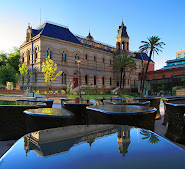


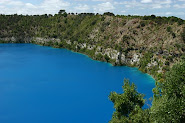
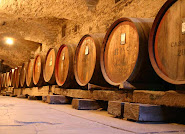

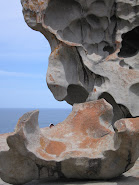
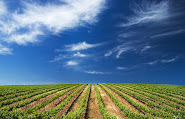
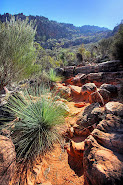
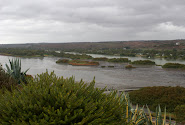
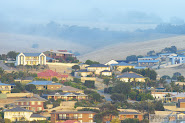

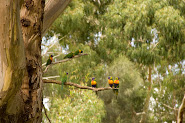

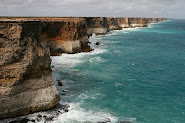
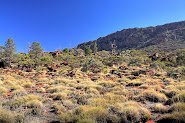
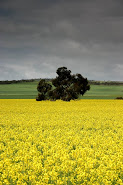

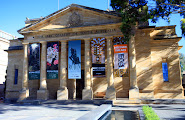

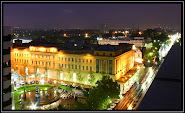

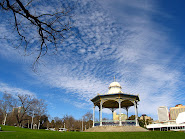
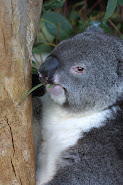

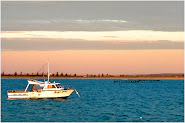
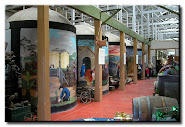
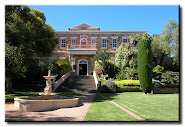
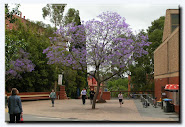
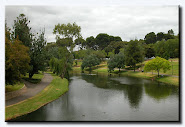
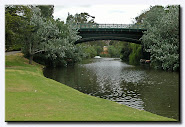
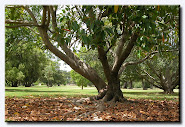
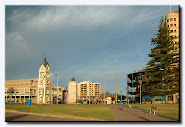

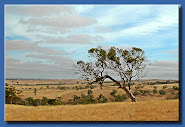
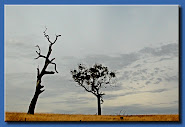
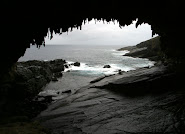


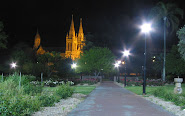


No comments:
Post a Comment